'The Last of Us' season 2, episode 1 recap: Gail!
Looking at the season premiere of the hit HBO video game adaptation, with a special nod to Catherine O'Hara
As I begin weekly recaps of the second season of The Last of Us, a warning: I have played the video games that this series is based on numerous times, and will be approaching these write-ups as such.
I will do my very best not to spoil things ahead of time, but I will also occasionally use my knowledge of this world to try to contextualize things and make predictions about where the show may make narrative departures.
With that said, let’s get started 🧟♀️
Previously on…
Our smuggler protagonist Joel (Pedro Pascal) has told The Big Lie to his cargo-turned-surrogate-daughter Ellie (Bella Ramsey).
In a world destroyed by a zombie-inducing plague, she was the cure. The Fireflies, one of the many militant factions that sprang up in the aftermath of the apocalypse, was going to be able to synthesize Ellie’s resistant tissue into a vaccine. This procedure would kill her.
Ellie, unconscious in a hospital in Salt Lake City, is unable to choose one way or the other. Joel makes the choice for her, flying into a rage and killing nearly everyone at the facility.
He puts Ellie into a Firefly vehicle and takes off; when she wakes up, he tells her that there was no cure. In a haunting shot/reverse shot that mimics the first video game’s ending exactly, she makes him swear that everything he has said about the incident is true. He does, and the camera cuts back to her. It’s unclear if she believes him when she says, “Okay.”
The Last of Us season 2, episode 1: Future Days
The second season begins at this moment and stretches it out a little longer. After wearily accepting Joel’s answer, Ellie walks off toward a large settlement in Jackson, Wyoming, where the two will make a new life with Joel’s brother and sister-in-law.
But then, the show cuts back to the Firefly facility (and the giraffes who live outside it), where a group of survivors huddle around a makeshift cemetery. Here we are unceremoniously introduced to Abby (Kaitlyn Dever), one of the main characters of the second game. She and her cohorts are deciding on their next move; they have heard about another group of resistance fighters in Seattle.
But Abby isn’t ready to move on just yet. She wants revenge; she wants to kill Joel for his murder spree at the hospital. She wants his death to be slow. One of her fellow Fireflies suggests that the people in Seattle may have resources to aid in her hunt for Joel; only upon hearing this does she agree to go with them.
These opening scenes are all the more unnerving because they take place in overwhelmingly sunny locales. Bathed in warm, welcoming light, Joel and Abby respectively conceal and reveal the disturbing driving forces behind their characters.
Dever’s introduction is particularly powerful. She seems unmoored and numb; her posture is slouched, her line deliveries both muted and intense. It’s a palpable rendering of grief that is in the process of taking on a monstrous form.
With the table set for a tale of lies and revenge, the episode jumps ahead 5 years. Joel and Ellie have remained at the settlement in Jackson, and a much bigger season 2 budget has allowed showrunners Craig Mazin and Neil Druckmann to lavish it with showy tracking shots and sweeping aerial views. Some residents ride around on horses, others keep watch over a massive, heavy gate; desperate groups of refugees from outside the city walls are being carted in daily.
Slouching further toward irascible old man, Joel now oversees construction projects in the never-ending effort to expand the settlement to accommodate new arrivals. In an uncomfortable exchange, he questions the town’s de facto leader, his sister-in-law Maria (Rutina Wesley), about accepting so many refugees. In a vast commune- literal communism, as Maria pointed out in season 1- his stubborn libertarianism has still taken root. There isn’t room for everyone, we can’t let them all in, he argues; America no longer exists, but apparently its values do.
Maria tersely reminds him he was once a refugee, too. The prickly exchange ends there, and I wish it hadn’t. It hints at a dimension of Joel that warrants further interrogation. He’s an incredibly selfish man whose inability to change is combined with endless pools of self-pity; the show too frequently seems to indulge this, even as other characters challenge it.
In stark contrast to Joel, Ellie has changed quite a bit since the end of season 1. The first scene with her (after the episode’s opening flashback) is a brutal hand-to-hand combat training sequence with a much larger man. Ramsey’s physicality here is astonishing, as is the all-consuming anger in their expression. Ellie may not look that different than the last time we saw her, but she carries herself in a much more confident and focused way.
Wyoming has been good to her, it seems. She has settled into a routine for the first time in her life, even if the routine involves going out on regular patrols with other people to eliminate pockets of Infected- what the show’s characters call zombies- who are encroaching on Jackson.
The most unnerving scene of ‘Future Days’ is one such patrol. Ellie and Dina (Isabela Merced, an instant standout among the new cast members), a friend and potential suitor, find a gruesome scene outside an abandoned market: A bear with its stomach ripped open, several torn-up Infected nearby. The surviving zombies are in the store, and rather than wait for proper backup, the two teenagers decide to clear it themselves.
The Last of Us has consistently peppered overt gameplay mechanics into the show; the first season featured extended sequences where characters moved stuff around in empty buildings to get a boost into another room. Here, we get a bottle throw.
One of the most common tactics you deploy to lure or distract Infected in the games is tossing empty glass bottles or bricks. Ellie and Dina do this here; I would have found it more annoying if there hadn’t been a weirdly charming moment beforehand where the two communicate about how to kill the Infected using only hand gestures and their knives.
The scary part comes a little later, though, when Ellie falls through a soft spot in the floor and discovers a seemingly evolved form of Infected: One that lurks and waits for the right moment to strike rather than charging mindlessly when it hears a noise. In the game, these are referred to, fittingly, as Stalkers. Ellie’s confrontation with one here is taut and suspenseful, culminating in a desperate close-quarters struggle.
She’s bitten, but don’t worry! Because she’s immune, all she has to do to hide this from her unsuspecting fellow citizens is cut up her wound a bit with a knife so that it doesn’t resemble a bite mark. Easy!
This Stalker incident strengthens Ellie and Dina’s bond to such an extent that they share a dance and a kiss at the end of the episode, during Jackson’s New Year’s Eve Party. It may be 2029, but that doesn’t stop a town bigot from expressing his disgust.
Right as Ellie is about to take him down, Joel does it for her; another choice she wasn’t allowed to make for herself. Ellie appears to be the only one capable of bringing out his humanity, though in this episode she wants nothing to do with him. She dresses him down in front of the crowd for needlessly handling the situation for her; his look of stunned shame hints that this will surely give him something to talk about in therapy.
And I’m not being facetous! Therapy has survived the zombie apocalypse. Which brings me to what I’m most excited to talk about from this episode…
Gail!
Played by none other than Catherine O’Hara, Gail is a new character in The Last of Us Universe (LUU, lol). She is a therapist who accepts weed as payment, and one who offers Joel a glass of whiskey at the start of their session because it’s her birthday.
She also admits to him pointedly that she hates him because he killed her husband. Can’t say I blame her! Presumably, he did it because the man, Eugene, had started to turn into a zombie, but we’ll have to find out more about that situation later in the season.1
This tense scene between Gail and Joel gives O’Hara plenty of scenery to chew, even if the scenery is a little well-done. How many times must Joel reckon with his demons? At least once more.
However, it was a treat to see O’Hara, an immensely gifted actress whom I’ve only really experienced in comedic roles, in such a sparse and self-serious production. Her screen presence alone brings some much-needed levity to the otherwise dour proceedings; I enjoyed her sporadic facial tics and the way she made no effort to hide Gail’s annoyance at having to deal with Joel’s question-dodging.
Her best moment is a simple one at the end of the episode, right after the homophobic man gets belted by Joel. Mazin, who co-wrote and directed this episode, cuts to Gail, sitting on the perimeter of the New Year’s gathering, sipping a glass of bourbon. It was easy to imagine her internally sighing at the prospect of having to discuss this with him. His weed better be higher quality next time.
New episodes of The Last of Us air Sundays on HBO and are available to stream on Max.
I’m fairly certain we will, as Joe Pantoliano’s guest star role as Eugene made headlines a couple of weeks ago.





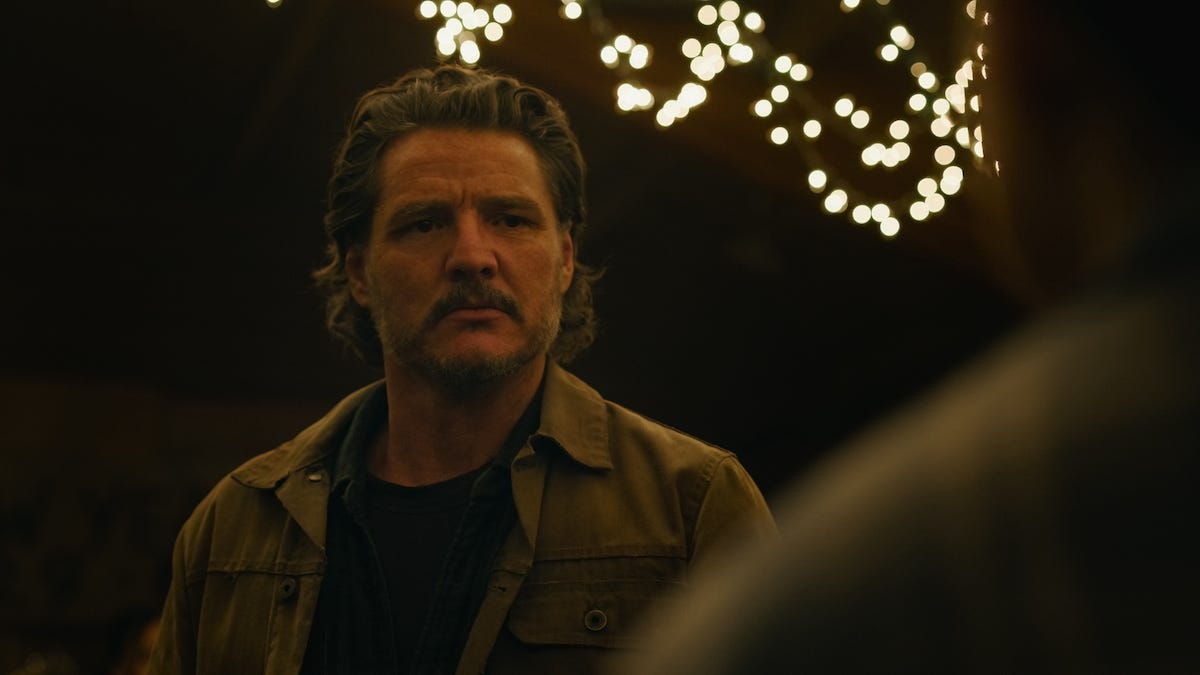
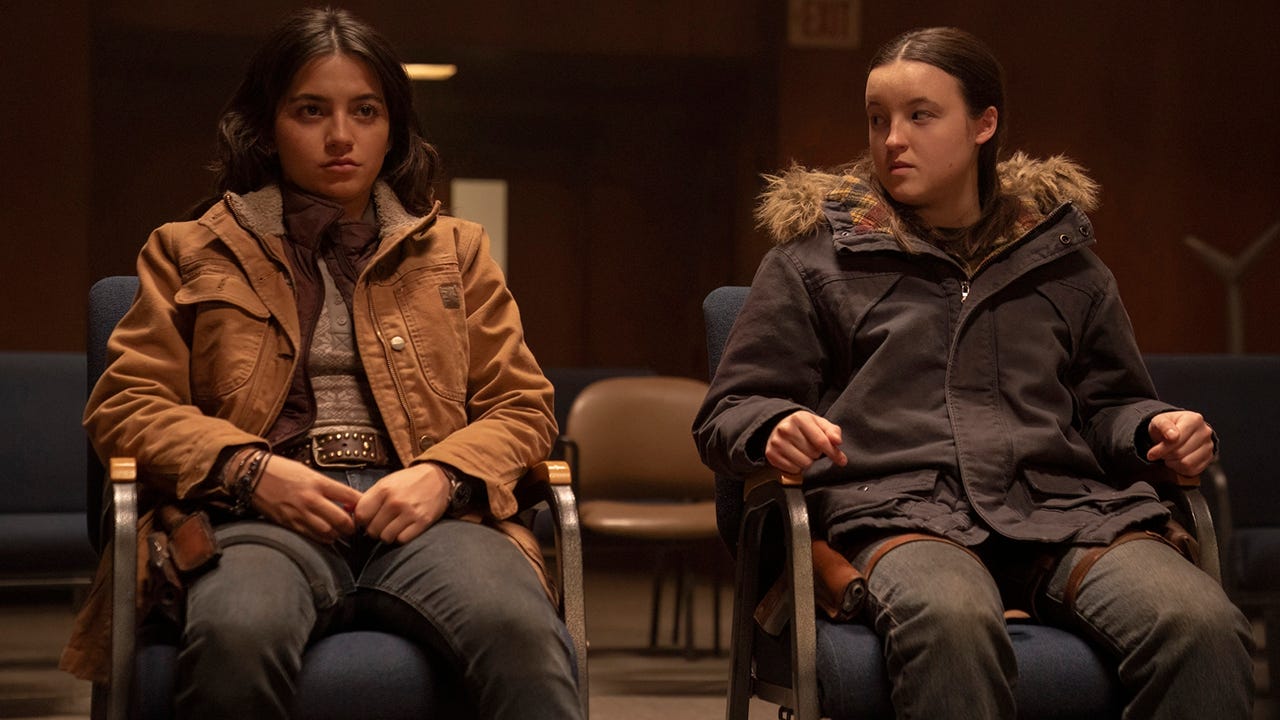
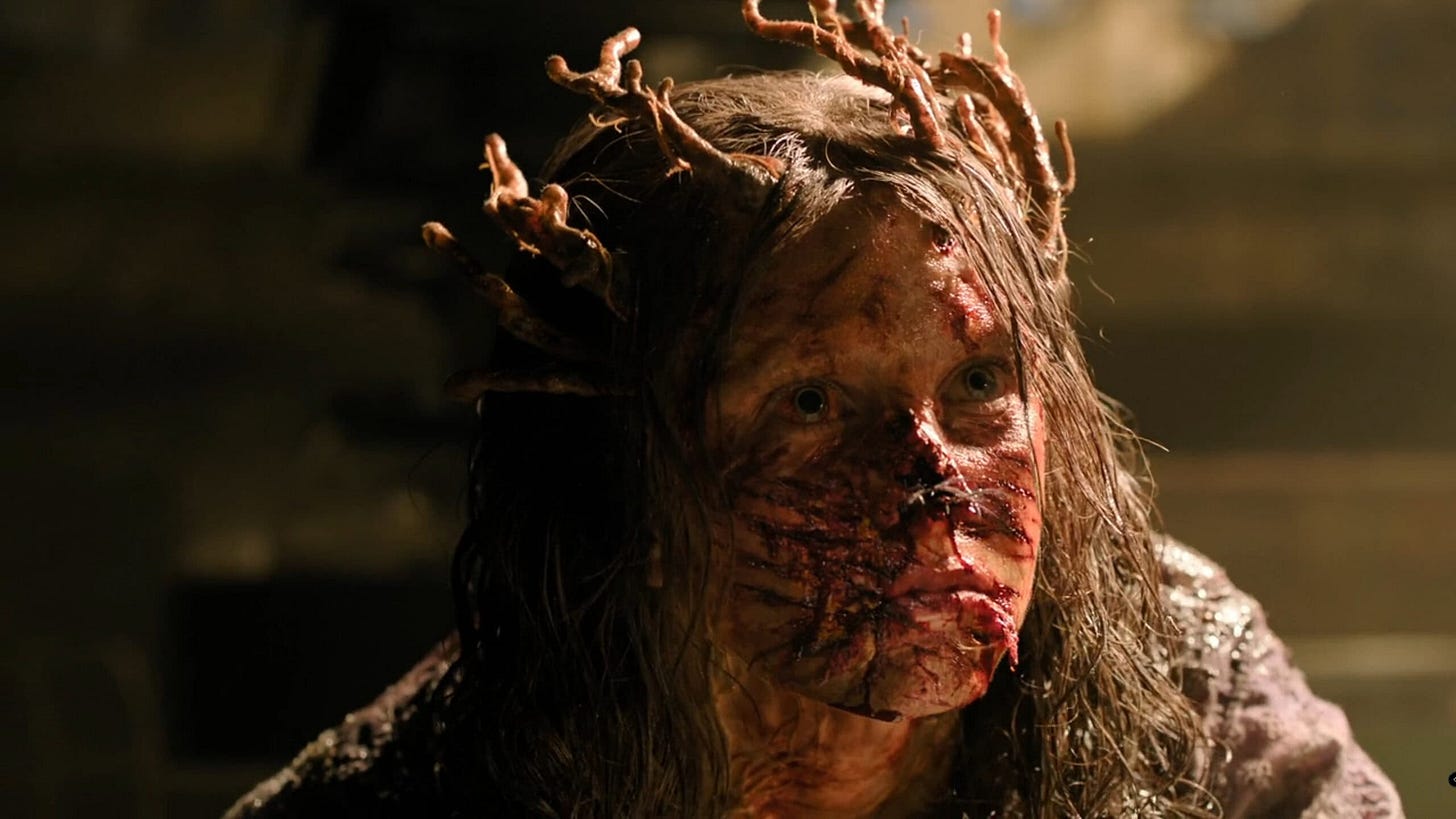
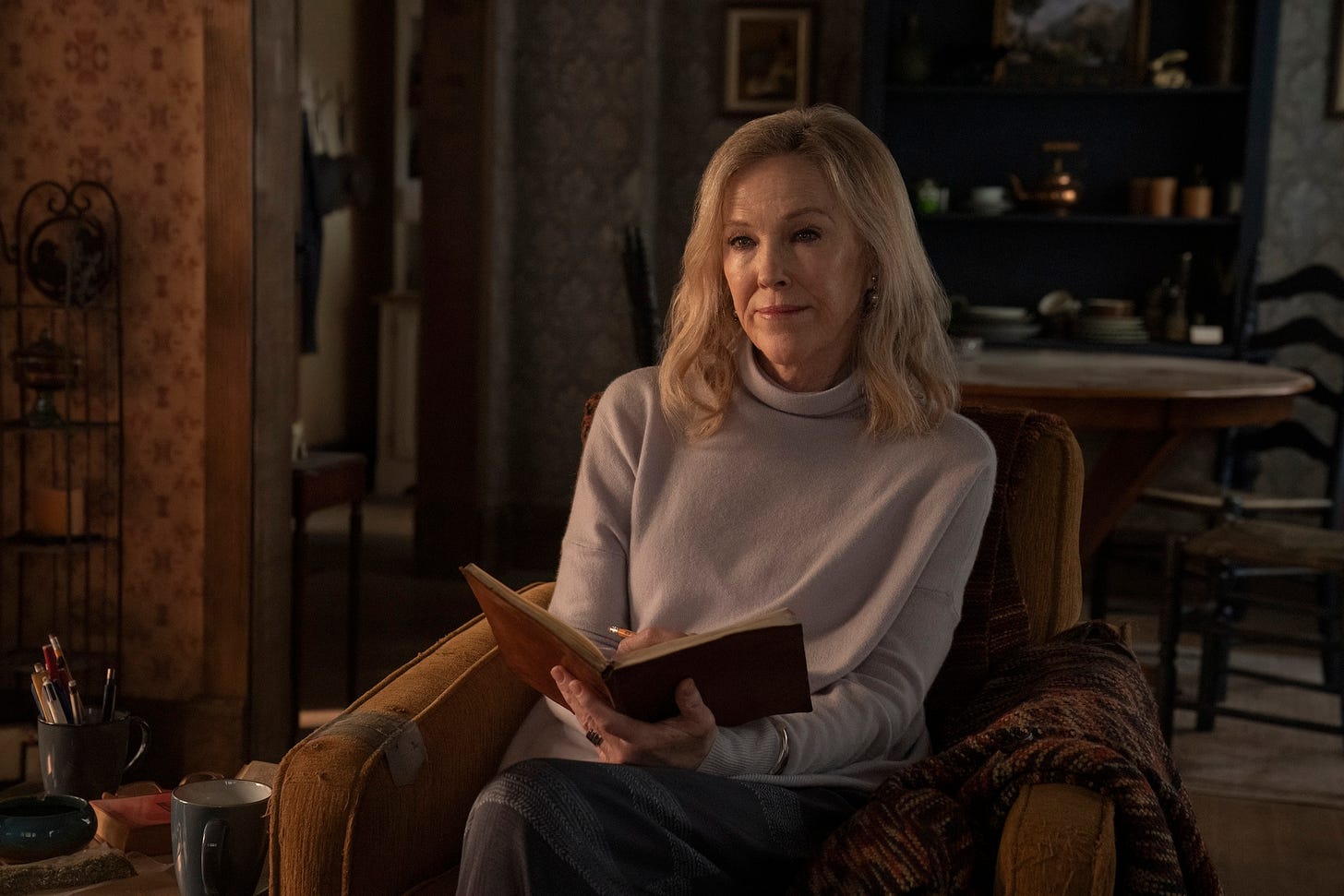
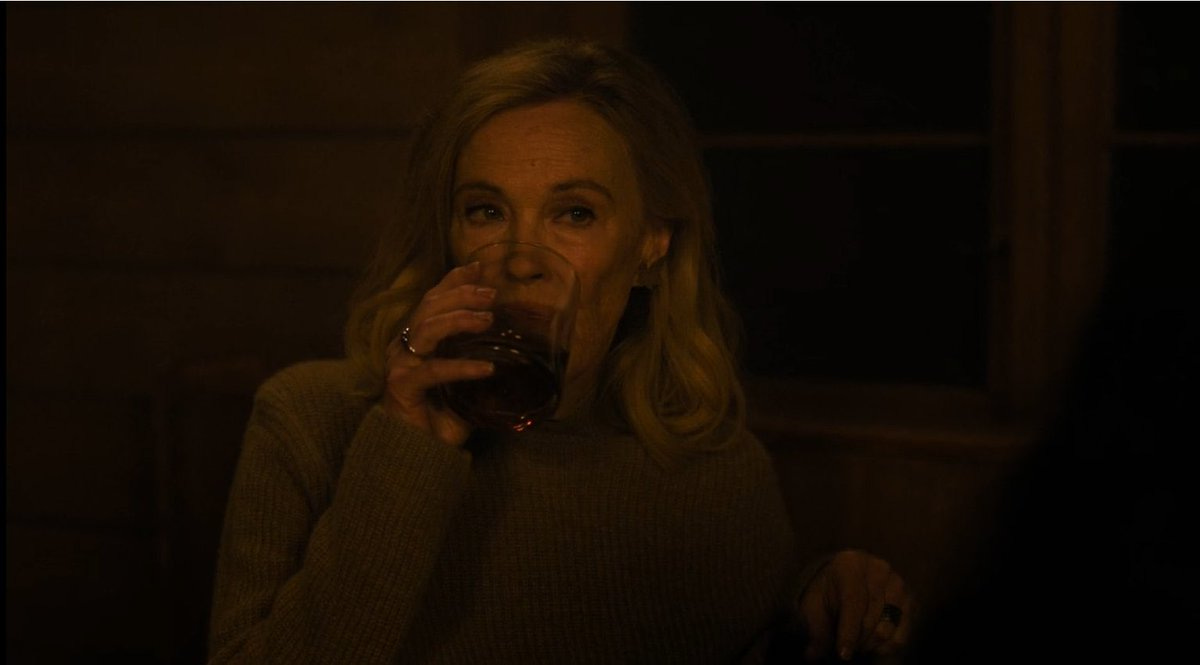
I love when they put small game mechanics in there like the bottle throw. It makes me want to replay the games!